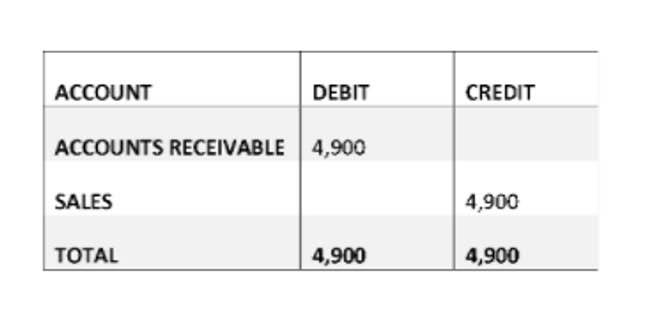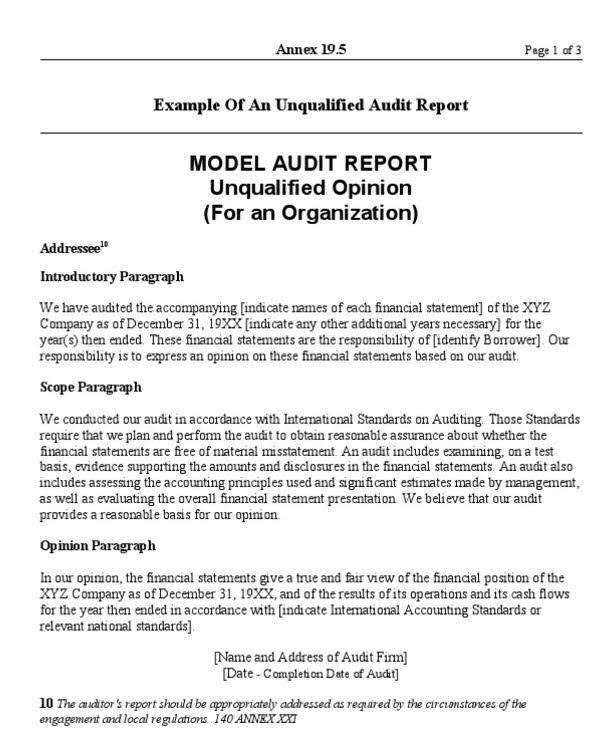
Other payroll taxes, such as federal unemployment (FUTA), are paid solely by the employer. In most jurisdictions gross vs net worldwide, employers are responsible for withholding and remitting employee payroll taxes from their employees’ monthly earnings. They’re also responsible for reflecting employee contributions on the employee’s payslip. Use the latest IRS tax tables and guidelines to determine the correct withholding amounts for federal income tax, Social Security tax, and Medicare tax. Regularly update your payroll software to reflect any changes in tax rates or regulations. Additionally, ensure you are aware of any state and local tax requirements that apply to your business.

What happens if an employee meets the Social Security wage base in the middle of a pay period?
- They’re critical for funding government programs like Social Security, Medicare, and unemployment benefits.
- If these steps seem daunting, employers can turn to payroll software providers, like ADP.
- The tables are organized by filing status (single, married, head of household) and adjusted wages, making it easy to find the correct amount based on the employee’s situation.
- Income tax is based on total earnings and varies by tax bracket, funding general government operations.
- Plus, it leaves you responsible for employing and paying your global talent, which is costly, time-consuming, and difficult to scale.
As a business owner, understanding these taxes is of the utmost importance — not just for compliance but for managing your overall payroll costs. Payroll taxes are essentially the costs of employing people and include taxes shared between employers and employees as well as those solely paid by employers. Here’s a breakdown of the key taxes employers are responsible for. Ever wonder where your Social Security benefits come from, or how unemployment insurance is funded?
Use Direct Deposit
- These reduce taxable wages, potentially lowering both income and payroll taxes.
- Employers with automated payroll systems prefer this method for detailed calculations.
- Employers and employees share the cost of the Social Security tax evenly, each contributing 6.2% of the employee’s wages.
- In most jurisdictions, employers and employees share the cost of some taxes, while other taxes apply only to one party.
- Staying on top of your payroll tax obligations helps you avoid these costly issues and keeps your business in good standing.
Finally, cloud-based payroll solutions now offer real-time analytics, providing CPAs with up-to-date insights into their clients’ payroll Airbnb Accounting and Bookkeeping data. Real-time analytics can help to identify potential issues before they become problems, allowing CPAs to address them proactively. Additionally, real-time analytics can provide valuable insights into payroll trends, allowing CPAs to make more informed decisions about their client’s financial future. The IRS has released the inflation-adjusted federal income tax brackets for 2025. For single filers, the standard deduction increases to $15,000, while married couples filing jointly see an increase to $30,000. Self-employment tax (SE tax) is a Social Security and Medicare tax primarily for individuals who work for themselves.
How Do I Handle Independent Contractors or Self-Employed Individuals?
Keep in mind that there are thresholds and caps on certain taxes and social contributions. The Australian federal government (ATO) requires withholding tax on employment income (payroll taxes of the first type), under a system known as pay-as-you-go (PAYG). By grasping the different types of payroll taxes, their importance, and how to manage them effectively, you can maintain compliance and avoid costly fines. APS Payroll is here to help streamline your payroll tax processes, making managing your business’s payroll easier. For more information on how APS can assist with payroll taxes, contact us today.

File
States fund unemployment benefits by imposing a tax on employers. The tax works like insurance, where the rate is based on the employer’s claims history. Employers with more claims from former employees pay a higher tax rate.

Employee payroll taxes are those taxes that the employer withholds from the wages of employees and pays on behalf of the employee. In other words, when an employee is paid their salary, the employer withholds a certain amount of money from the employee’s wages payroll taxes and pays taxes to the government. For example, California has a graduated state tax of between 1% and 13.3%, depending on the employee’s income. Though you may not need to account for the sales tax when calculating payroll taxes, you do need to consider the graduated state tax. Calculating payroll taxes can get complicated as you need to satisfy all of the above categories. Small business owners may find the calculations challenging when trying to account for all of their employees.
The state informs employers of their specific rate each year, which is always subject to a minimum threshold. The amount withheld from each paycheck for income taxes depends on the employee’s W-4 form, which they complete when hired. This form explains how much money to withhold for federal income taxes. When your business files a tax return each year, you’ll include a form showing you paid state unemployment taxes, and that can qualify you for a tax credit in most cases. Learn more about the FUTA tax from the IRS, and work with a qualified tax preparer to submit the correct forms.
Get answers to all your questions and take the first step towards a US business expansion. Just make sure to regularly check your state government’s official website for updates on the wage limits. If you’re in the last quarter of the year and still haven’t hit $500, use Form 940 to pay the tax by January 31. SUTA taxes aren’t as streamlined across the board as FUTA and FICA taxes.
